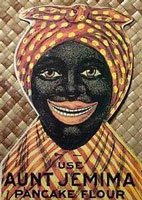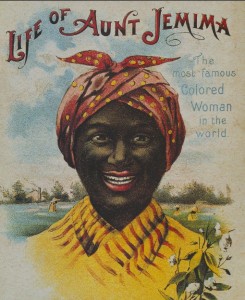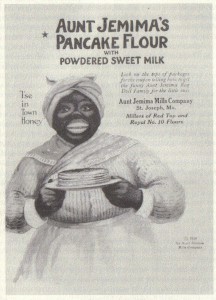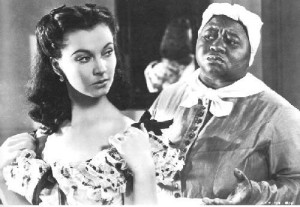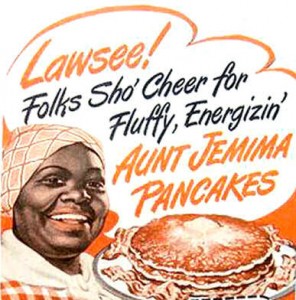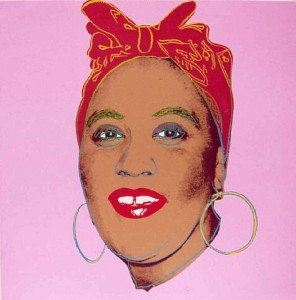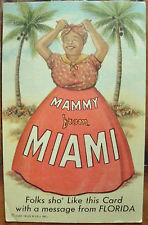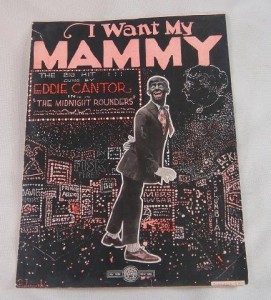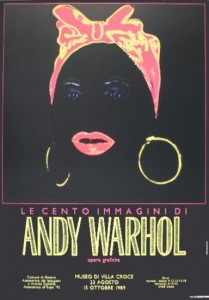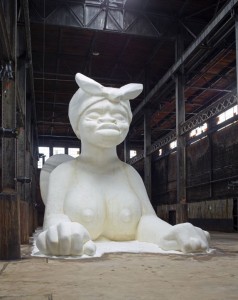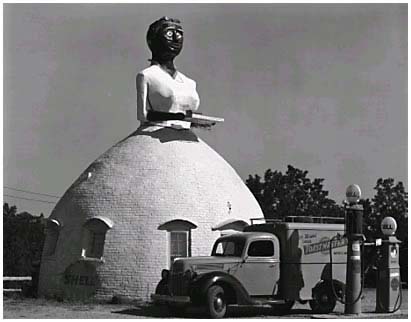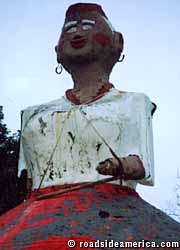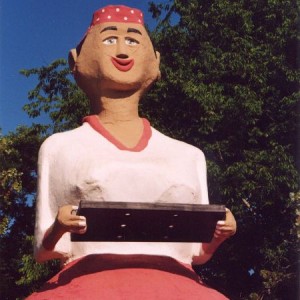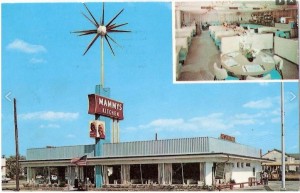 “All roads led to Mammy’s Kitchen” in the 1960s and 70s in Myrtle Beach. As a boy, my family spent a week every summer making sand castles and body surfacing. I remember the cool breezes at night, lonely walks as a teenager and all the signs sending tourists to Mammy’s Kitchen. No memory of eating there, just the signs. “All roads lead to………………..
“All roads led to Mammy’s Kitchen” in the 1960s and 70s in Myrtle Beach. As a boy, my family spent a week every summer making sand castles and body surfacing. I remember the cool breezes at night, lonely walks as a teenager and all the signs sending tourists to Mammy’s Kitchen. No memory of eating there, just the signs. “All roads lead to………………..
Kara Walker’s sugar baby sent my white boy mind to Mammy’s Kitchen, but it turned out the Quaker Oats Company had already demanded the removal of the “Aunt Jemina” image from the restaurant by the time my family arrived. The power of the “Aunt Jemina” advertising and Hattie McDaniel’s “Mammy” in Gone with the Wind made the connection of restaurant and caricature. Since Quaker Oats changed the Aunt Jemina picture to a nice middle-age black woman without the head scarf in 1989 (YES only 25 years ago !), the current generation of Americans can bury that image into the history books.
So moving on the Kara Walker tangent, what is the history of Aunt Jemina and Mammy? According to a few websites, most female house slaves were called either Mammy or Aunt. Each “title” had different connotations. The mammy took care of the household chores, while the Aunt was the cook. For male house slaves, uncle as in Uncle Tom or Uncle Ben (Rice).
Regarding the pancakes, Chris Rutt and Charles Underwood named their newly invented self-rising pancake “Aunt Jemina” after a minstrel show character touring in Missouri in 1889. (Missouri was a slave state.) The first images are black-face before converting to a real person in the 1940s to match the screen protrayals of slave women by actor Hattie McDaniel.
For myself, I know I saw film actors playing the African-American house slaves or servants with Shirley Temple or other such films on Saturday morning TV. The Black women in film matched the gentle spirit that I knew from the maids that cleaned our house and other white homes in Winston-Salem, North Carolina. ( Yes just like “The Help”, Georgia Thomas came to our house once a week my entire childhood.) My Dad and brothers sang Al Jolson’s “Mammy” or Showboat’s “Old Man River” without a thought at the top of our lungs. The race riots in 1967 seemed implausible. I remember walking at night to the one high point in my neighborhood where I could see the city skyscrapers: Wachovia Bank and RJ Reynolds Headquarters. Sparked by the police killing of a black man, hundreds of people were burning and vandalizing the Main Street businesses downtown. My parents were afraid. I was just surprised. ( Thank you Kara Walker because for the first time in my life, I learned what the riots were about. )
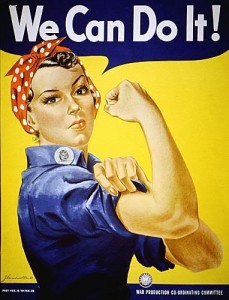 On a tangent’s tangent, what about that head scarf? ( I am tempted, but no tangent into the Islamic head scarf debates.) Walker’s sugar baby ties in the front as per the early Aunt Jemina and Rosie the Riveter. Both early Jemina and Rosie also share the red polka dot scarf. The early Jemina might be wearing polka dots because of the pre-civil war Polka dance fad. In 1857, American women’s magazine “Godey’s Lady’s Book” described the new fashion of “scarf of muslin, for light summer wear, surrounded by a scalloped edge, embroidered in rows of round polka dots.” Why Rosie has dots – who knows.
On a tangent’s tangent, what about that head scarf? ( I am tempted, but no tangent into the Islamic head scarf debates.) Walker’s sugar baby ties in the front as per the early Aunt Jemina and Rosie the Riveter. Both early Jemina and Rosie also share the red polka dot scarf. The early Jemina might be wearing polka dots because of the pre-civil war Polka dance fad. In 1857, American women’s magazine “Godey’s Lady’s Book” described the new fashion of “scarf of muslin, for light summer wear, surrounded by a scalloped edge, embroidered in rows of round polka dots.” Why Rosie has dots – who knows.
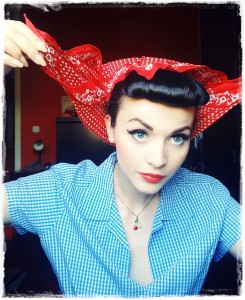
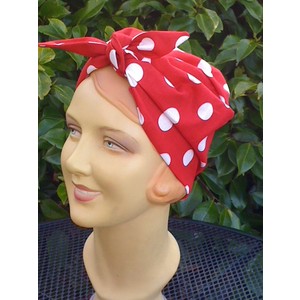 The head scarfs were a woman’s solution to long hair, hot temperatures and physical work. A working woman needs to keep her hair out of the way. Once the hair is tied up, the scarf keeps it off the neck and somewhat projected from dust and dirt. In hair styles, any system to keep long hair off the neck is called a “chignon.”
The head scarfs were a woman’s solution to long hair, hot temperatures and physical work. A working woman needs to keep her hair out of the way. Once the hair is tied up, the scarf keeps it off the neck and somewhat projected from dust and dirt. In hair styles, any system to keep long hair off the neck is called a “chignon.”
With the scarf, Walker’s sugar baby works. No pharaoh or European lady of leisure sphinx. Compared to the history of sphinx, hers may the first sphinx from the labor force.
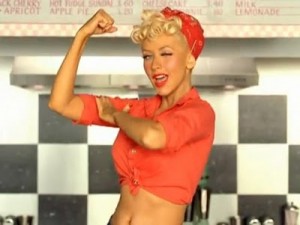
ADDITION:
Mammy’s Cupboard in Natchez, MS was built in 1940 and then photographed by Edward Weston in 1941. Mammy went from dark skinned during segregation to brighter tone in sometime since 2000.

